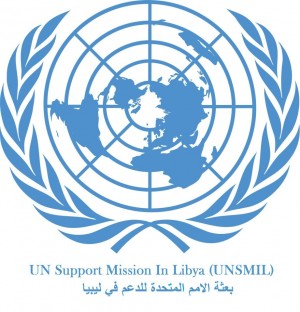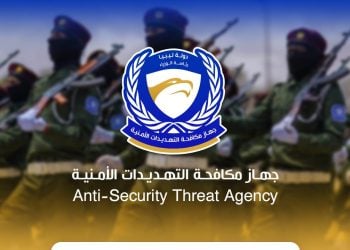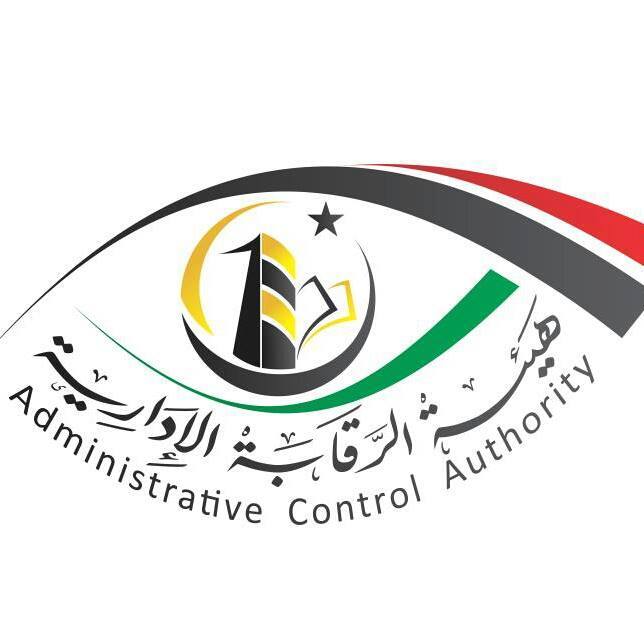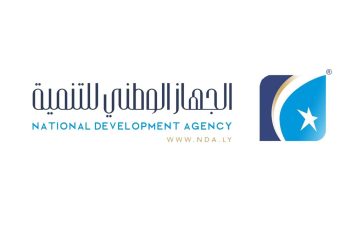By Sami Zaptia.
London, 27 August 2018:
The United Nations Support Mission in Libya (UNSMIL) has today called on all militias to observe an immediate ceasefire and restore calm in southern Tripoli.
The call comes following clashes today in southern Tripoli between militias aligned to the internationally-recognized Presidency Council and Government of National Accord headed by Faiez Serraj. The indiscriminate firing has led to deaths and injuries to civilians as well as collateral damage. The Serraj Ministry of Health has reported 5 deaths and 31 injuries so far.
UNSMIL said that it was ‘‘following the clashes in and around Tripoli with grave concern and calls on all parties to immediately cease all military action’’.
It added that it was ‘‘concerned by the use of indiscriminate fire and heavy weapons in densely populated residential areas, endangering civilian lives and reminds all parties of their duty to protect civilians, in accordance with international humanitarian and human rights law’’.
It stressed that ‘‘political aims must not be pursued through violence and warns that the build-up of armed groups and hostile acts and rhetoric risk a wider military confrontation.
UNSMIL reaffirmed its support to the Faiez Serraj-led Presidency Council and Government of National Accord and called ‘‘for serious efforts by all sides to unify the institutions of the country. The Mission stands ready to support all efforts to de-escalate the situation and offers the use of its good offices for this purpose’’, it concluded in its statement.
The UNSMIL call for calm and ceasefire came after the Tarhuna-based 7th Infantry Brigade, more popularly known as the Kani or Kaniat Brigade, clashed with a coalition of Tripoli-based militias on the southern outskirts of Tripoli. There has been a build-up since yesterday in the Khalat al-Furjan, Salah al-Deen, Gaser Ben Ghasheer, Wadi Rabea areas since yesterday.
Last night no direct clashes were reported but both sets of militias started firing into the air, traumatising neighbourhoods as homes were reported to vibrate. Tanks and Howitzer canons were reported to be moving towards south Tripoli.
There are two main competing narratives explaining the clashes. The Tripoli-based narrative is that the Kani Brigade is and has been attempting to creep northwards towards and into Tripoli in order to expand its zone of influence and create a base in the capital.
They are attempting to gain militia military control of neighbourhoods already populated by a large number if not majority of people originating from Trahuna.
The Kani brigade narrative says that it is defending its territory south of Tripoli and that the Tripoli-based militias, and specifically the Gnewa/Abdel-Ghani al-Kikli controlled militia, has been attempting to expand its control into southern Tripoli and into the Tripoli International Airport region where the Kani Brigade has had checkpoints for months.
Whichever variation of the main narratives is the true explanation, the incident is further proof if any were still needed, that the greater Tripoli region is still very much controlled by a ‘‘cartel of militias’’ beyond the direct and real control of the Tripoli-based government. These militias are primarily concern with defending and expanding their own spheres of influence and power – at the direct expense of the central state and its institutions.
It is worth remembering that all militias involved in the clashes are recognized, paid and nominally-aligned to the internationally-recognized Faiez Serraj administration. Ironically, the Tripoli government, as with every previous militia clash, will also pay for their domestic or overseas medical treatment after the fighting has ended.
The Presidential Guard, the only army in western Libya created and loyal to the internationally-recognized Faiez Serraj administration, has condemned the militia military activity. The Tripoli Security Directorate, part of the Faiez Serraj Ministry of Interior has also condemned the fighting.
The Serraj Ministry of Health has announced that it has made preparations to receive those injured in the fighting as well as establishing a field hospital near the fighting line.







